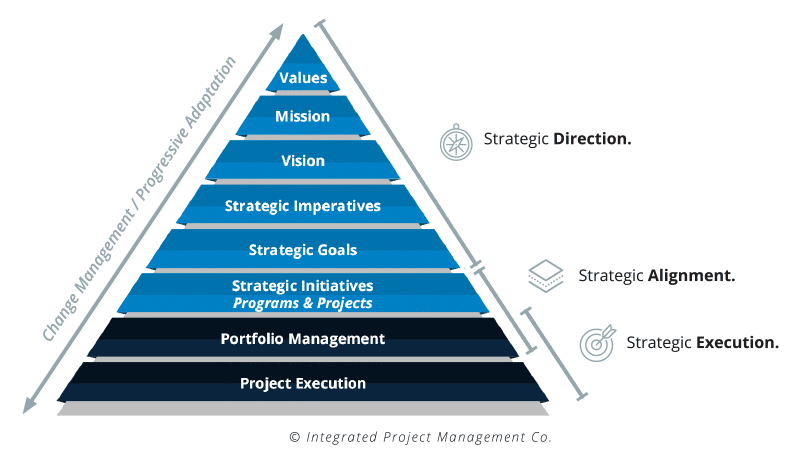Start planning your exit strategy now
The COVID-19 pandemic has upended every company’s strategic plan for 2020 and likely 2021. We are surrounded by uncertainty, fear, and market volatility. The health and well-being of our employees and families are paramount, but we cannot abdicate our responsibilities as business leaders in planning our companies’ emergence from this crisis.
Companies will react to this unexpected crisis in myriad ways. Some may need to enter a long rebuilding period while others will find near-term opportunities in big moves or small adjustments. Many companies will only start to debate how to exit the crisis once the circumstances clearly present themselves, causing delays and missed opportunities. The organizations that will be most successful will start planning now.
Be adaptable and embrace the uncertainty as you plan your company’s COVID-19 pandemic exit. Below is a framework to provide guidance for emerging from the crisis with a dynamic strategy.
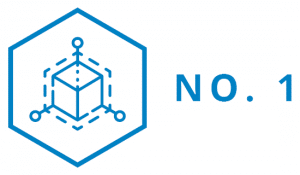
Assess Your Current Position
Your post-pandemic recovery will depend on your circumstances prior to the COVID-19 pandemic and the myriad ways that your employees, industry, business, competition, customers, and partners have been impacted. Begin by taking an inward look at your organization first from a cultural standpoint and then from a business perspective. How are the health and well-being of your employees? Are your people safeguarded and able to stay well-connected with the new working conditions? If you’ve had to lay off or furlough employees, have you retained the trust of the workforce? Are your actions aligned with your fundamental values?
Once you clearly understand the impact on your culture, assess the state of your business and the environment in which it operates. With the high level of uncertainty in how countries, markets, and companies will emerge, your organization’s landscape may be shifting on a weekly or daily basis. As a result, routinely gather as much data and information as possible so you can make informed decisions. What is the impact on your cash flow? How is your competition’s health? Are your suppliers—or their suppliers—in jeopardy of not providing their products and services? Are you still able to access your customers and address their needs?
What you might not be thinking about:
All organizations rely on a network of suppliers and buyers for a wide range of products and services. Utilize this opportunity to have open conversations with your network to understand their health and position and open the dialogue for greater partnership and collaboration.
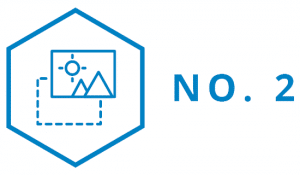
Define Your Trajectory
Given the uncertainty in the US and global economies as the world fights through the ongoing fallout of the COVID-19 pandemic and settles into a new normal, it’s important to consider a range of positive and negative outcomes.
An outcomes-based view will help forecast your trajectory. You might picture a hurricane forecast; there is a wide range of possible impact when the storm is several days away, but as the timeline shortens, the variability decreases and the forecast becomes more accurate. Consider what is possible across three time horizons and in three possibilities. Account for a variety of situations that may describe you, your competition, and your market in the short term (one to two months), mid term (one to two quarters), and long term (one to two years). In each case, define the best, worst, and most likely outcomes.
What you might not be thinking about:
Are your current supply chain issues temporary? Will consumer patterns change back or stay like they are currently? Will a struggling competitor close its doors? Will you need to consider selling assets or pulling out of a market? What if it takes years for the environment to stabilize? How will your delivery of products and services change? Will you need to invest in suppliers, technology, or infrastructure?
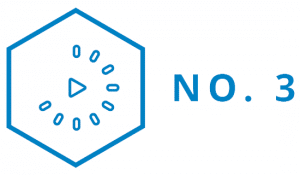
Build a Dynamic Strategic Plan
Wasn’t it nice when you could build a strategic plan over the course of a few weeks and then focus the rest of the year on managing and executing that plan? Those days may return, but for now you need a dynamic plan to allow you to quickly pivot.
Begin by plotting your existing portfolio of strategic projects onto the trajectories you built earlier. Which of your initiatives will help you remain on the offensive and capitalize on your best-case trajectory? Which are defensive and will aid in minimizing the impact of the worst-case trajectory? You should next brainstorm to identify new ideas that maximize potential upside opportunities or minimize any unmitigated downside risks.
Using a scoring model to objectively compare projects allows you to identify the big bets and quick wins as well as the ones you should reconsider or drop all together. As time passes and the environment changes, the criteria used to prioritize projects may need to be adjusted.
Frequently assessing your position to determine which trajectory you are trending along will create a more dynamic planning method and will allow you to adjust which aspects of your strategic plan you should prioritize to navigate the highly uncertain future. Are you on track to reopen as planned? Would selling certain assets resolve your cash-flow problem? Are the new opportunities you’re pursuing providing new revenue streams as you projected?
What you might not be thinking about:
Much more frequent strategic planning is required. Given how much uncertainty exists, strategic plans must not become static. They must adapt to external and internal forces for the best-informed strategic decisions. Until a new norm begins to settle in, review your plans weekly and adjust as necessary. Then you can move to monthly reviews as the situation stabilizes. As the level of uncertainty subsides, which may take several quarters or even years, return to your regular review schedule.
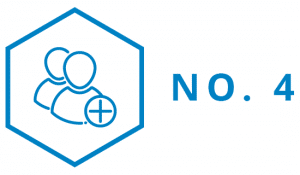
Resource Your Team
Although some projects may continue as planned, others may have significant resourcing challenges. Do you have enough leaders? Subject matter experts? Shop floor workers? In a worst-case scenario, you may have had to downsize your workforce and now need to ascertain which projects you have the capability and capacity to execute. Using the prioritization from your scoring model, determine the resources needed to deliver the projects to improve your outcome.
This is not the time to try to move all your projects forward equally. Explore options to consolidate resources to the select few that provide the greatest impact on your overall outcome. You may also need to forgo projects that provide a long-term impact to focus resources on near-term wins. Discuss resourcing options with key partners to determine if there are shared benefits with moving a project forward together.
What you might not be thinking about:
Consider the new working conditions when examining how many people are necessary to execute a project. Depending on the team, collaboration may be limited or enhanced due to remote working. Or people may be dealing with challenges of working from home that impact their efficiency. This may cause you to deviate from your historical resourcing expectations.
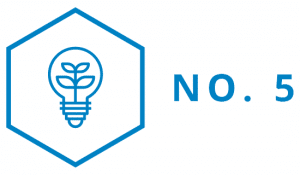
Execute!
Your dynamic strategic plan has identified a range of ideas and current projects that are designed to help you navigate the uncertain future. You must now turn those plans into action. As a leader, be decisive and empower your people to focus on the critical few instead of the insignificant many. Teams need to understand the urgency of projects and that, in certain cases, success of the project is directly connected to the continued existence of the company. Communicate the impact of success and failure of the project to ensure teams are aligned.
Next, examine how the work will be accomplished. Stage-gate processes have often been put in place to help minimize risk on a project, but you may no longer have the luxury. Consider a rapid execution model designed specifically to achieve success through the shortest possible timeframe. Along with instilling a sense of urgency and providing dedicated resources, it will require the leadership team to make swift and informed decisions as project data is available, so precious time is not lost. Remove unnecessary update meetings by embedding decision makers in the project teams. It will be important to remain agile, as external forces may quickly change the trajectory of a project.
What you might not be thinking about:
Have you or your partners unlocked any new ways of working that have increased efficiencies or made what previously seemed to be very risky more attainable? Companies are being forced to innovate out of necessity or in the desire to provide for their communities. These innovative ways may be a key to improving your trajectory. For example, during the COVID-19 pandemic crisis, Nike shifted much of its workforce to making personal protective equipment for medical workers from the materials it typically uses to make shoes. A leap in innovative thinking could open the door for other ideas, and show your employees, supply chain partners, and other stakeholders that you’re willing to try something new.



